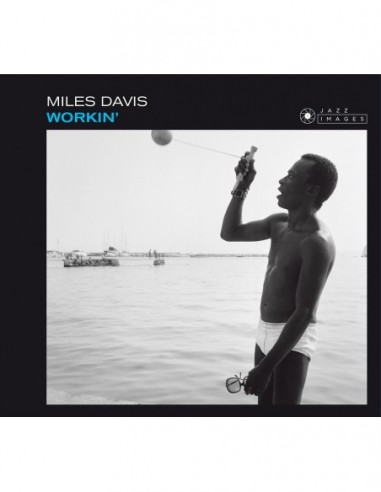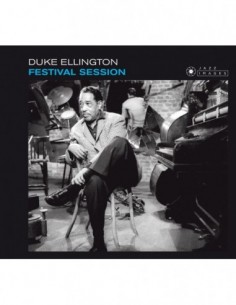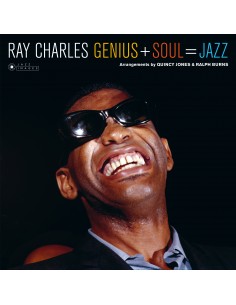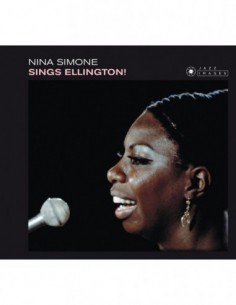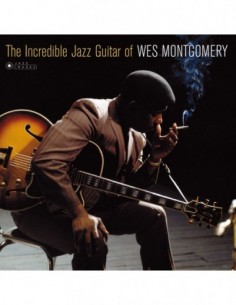Workin´
Miles DavisTHE JEAN-PIERRE LELOIR COLLECTION
INCLUDES 5 BONUS TRACKS
5 STARS ON DOWNBEAT MAGAZINE
DELUXE PACKAGING – Thick cardboard Fold Open Digi-Sleeves with inner sleeves
"Workin’ with the Miles Davis Quintet (Prestige LP7166) showcases the Miles Davis Quintet with John Coltrane & Red Garland in top form. Upon his unexpected success at the 1955 Newport Jazz Festival, Miles received a tempting offer to join the major label Columbia Records. In order to move to that label, he had to fulfill his previous contract with Prestige producing a couple of marathon sessions that resulted in various LPs. Among the best of them is"Workin’" with the Miles Davis Quintet. Also included here in its entirety is the quartet album "The Musings of Miles" (Prestige LP7007). It was recorded the previous year with Garland again on piano.
PERSONNEL:
MILES DAVIS, trumpet
JOHN COLTRANE, tenor saxophone
RED GARLAND, piano
PAUL CHAMBERS, bass
PHILLY JOE JONES, drums
Hackensack, New Jersey, May 11 (tracks 1-6 & 8), & October 26 (track 7), 1956.
BONUS ALBUM [9-14]: THE MUSING OF MILES
Miles Davis (tp), Red Garland (p), Oscar Pettiford (b),
Philly Joe Jones (d). Hackensack, New Jersey, June 7, 1955.
TRACKS:
01 IT NEVER ENTERED MY MIND
02 FOUR
03 IN YOUR OWN SWEET WAY
04 THE THEME (take 1)
05 TRANE’S BLUES
06 AHMAD’S BLUES
07 HALF NELSON
08 THE THEME (take 2)
09 WILL YOU STILL BE MINE?
10 I SEE YOUR FACE BEFORE ME
11 I DIDN’T
12 A GAL IN CALICO
13 A NIGHT IN TUNISIA
14 GREEN HAZE
Total Time: 77:49
- Format
- CD
- Discs
- 1
- Label code
- 38022
 Cookie preferences
Cookie preferences

